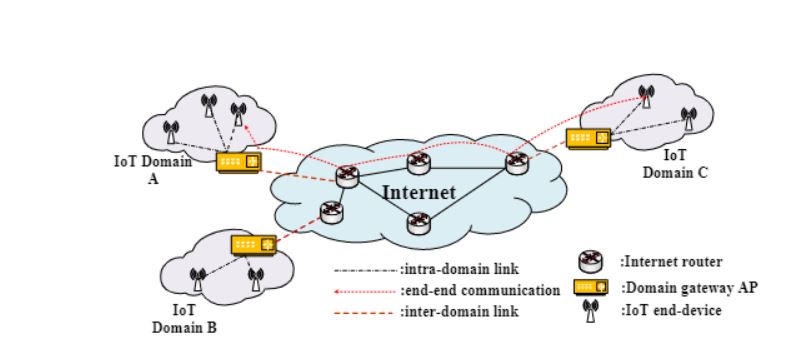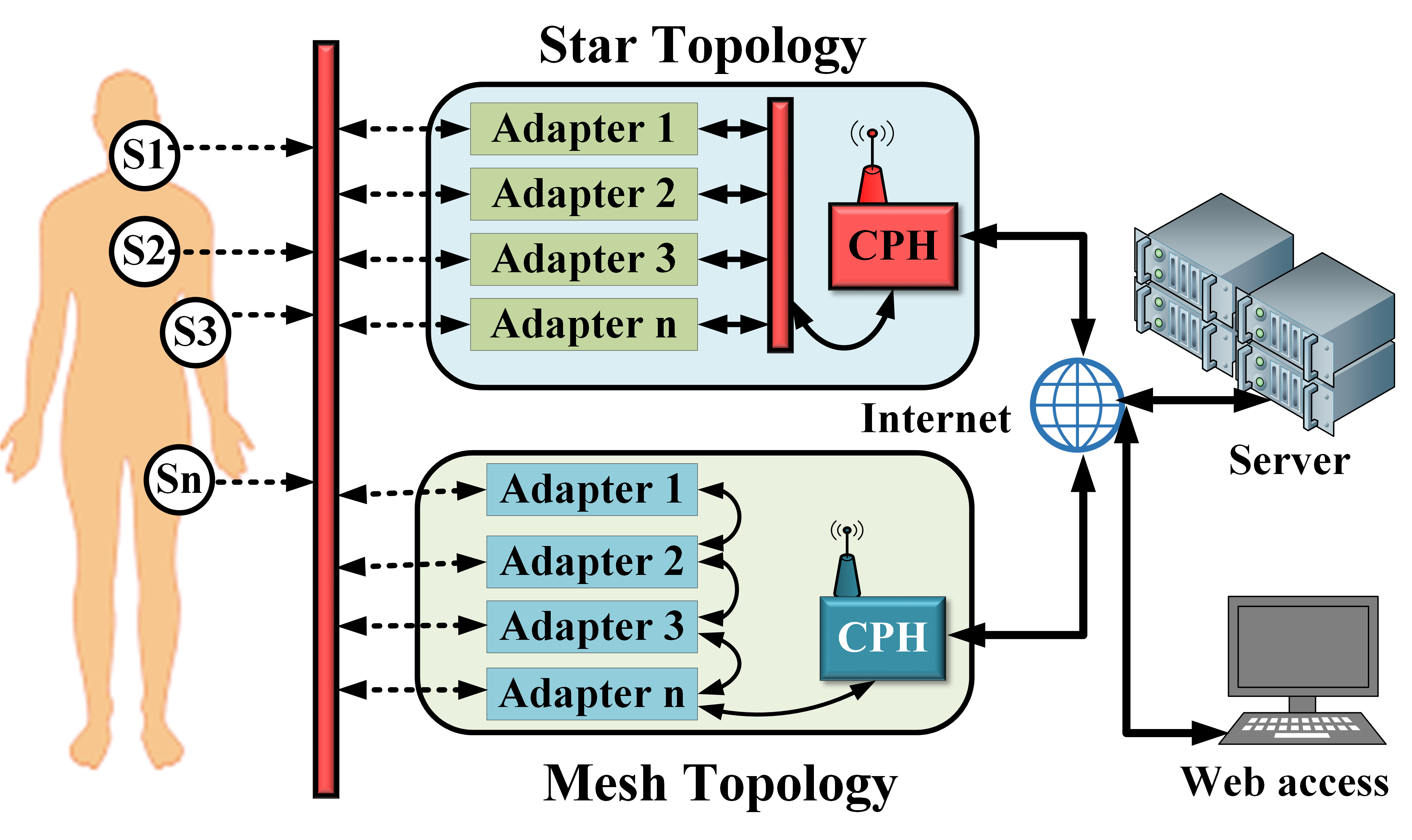Interoperability for IoT devices
Internet of Things (IoT) is an ever-growing network of physical devices embedded with sensors, actuators,and wire-less connectivity to communicate and share their informationamong themselves. The application of IoT is in diverse areas such as agriculture, poultry and farming, smart city, and health care, where a sensor node must support heterogeneous sensors/actuators, and varying types of wireless connectivity. Interoperability is the ability of two or more devices, systems, platforms or networks to work in conjucntion. Interoperability enables communication between heterogeneous devices or system in order to achieve a common goal. However, the current devices and systems are fragmented with respect to the communication technologies, protocols, and data formats. This diversity makes it difficult for devices and systems in the IoT network to communicate and share their data with one another. The utility of IoT network is limited by the lack of interoperability.
We work towards achieving and implementing interoperability in IoT-based systems and environment. We propose solutions to enable seamless integration of peripheral with IoT device towards building a global IoT network of heterogeneous sensors and actuators. We study and analyze dynamic integration of heterogeneous devices in IoT environment.



